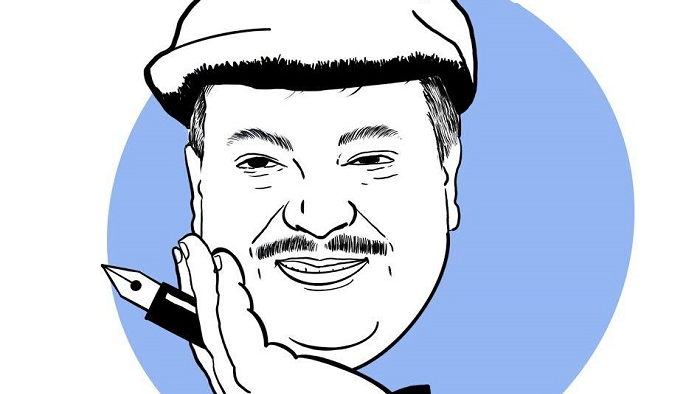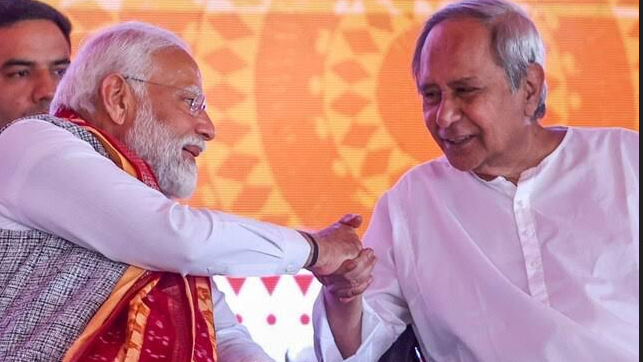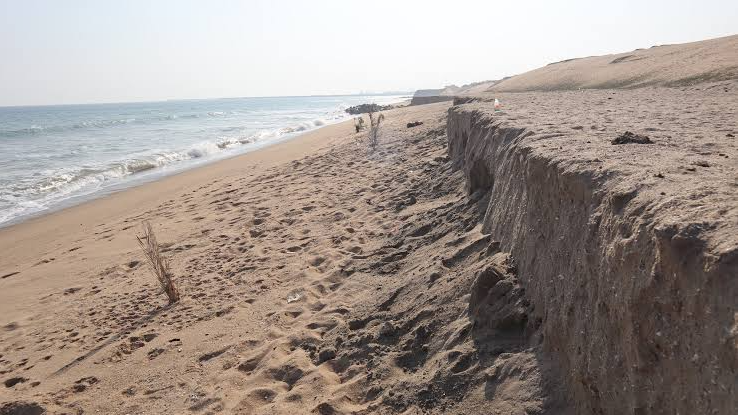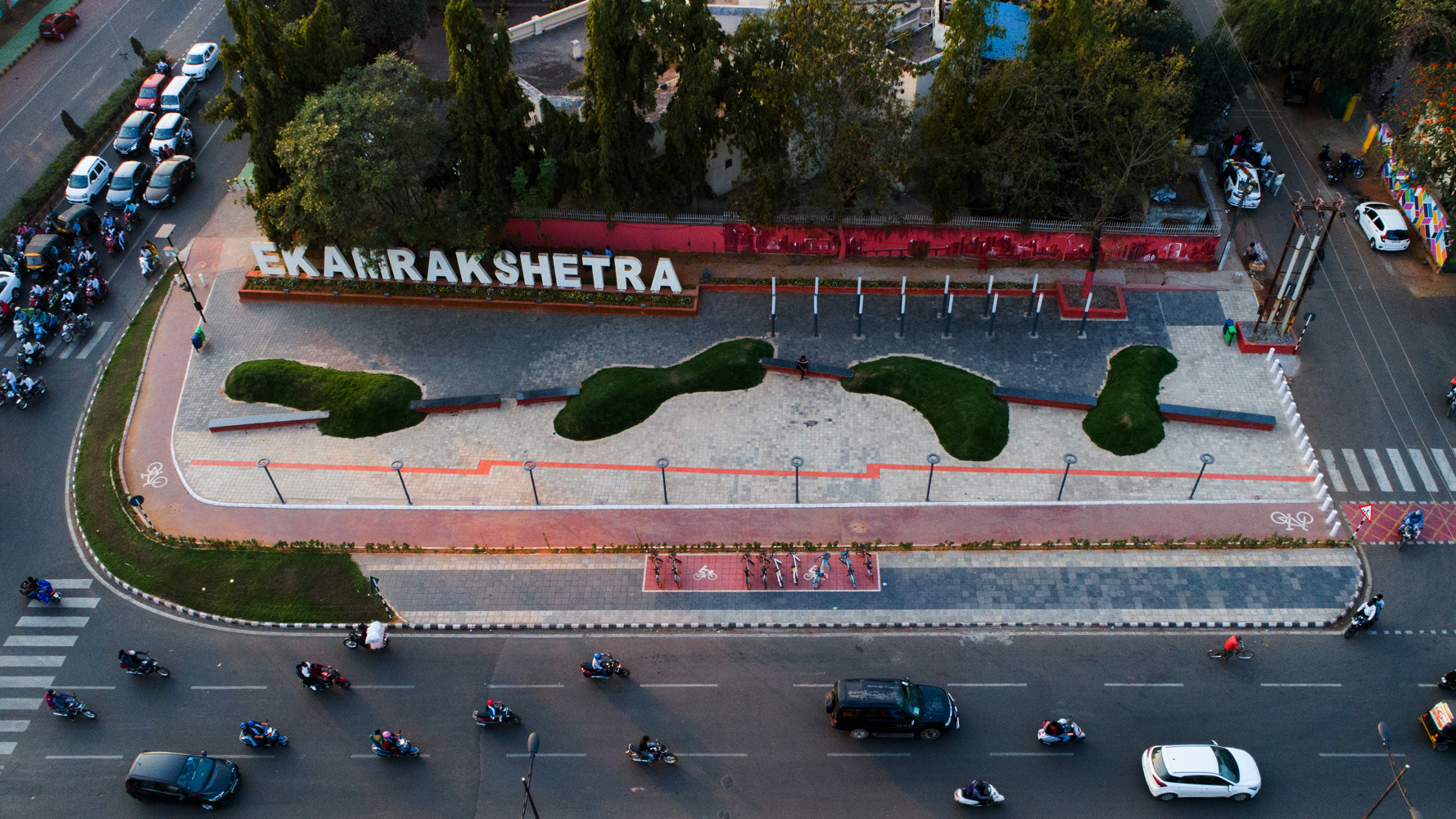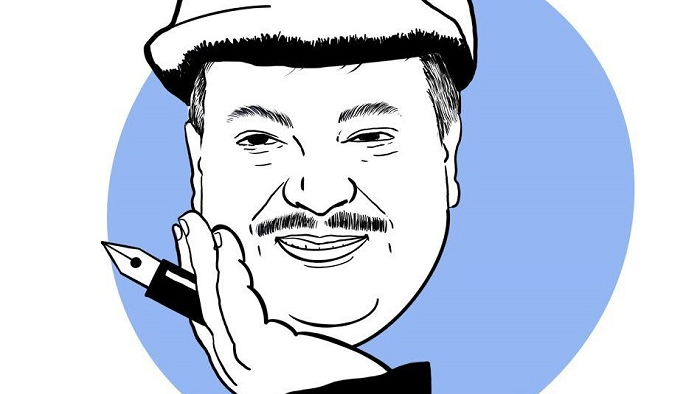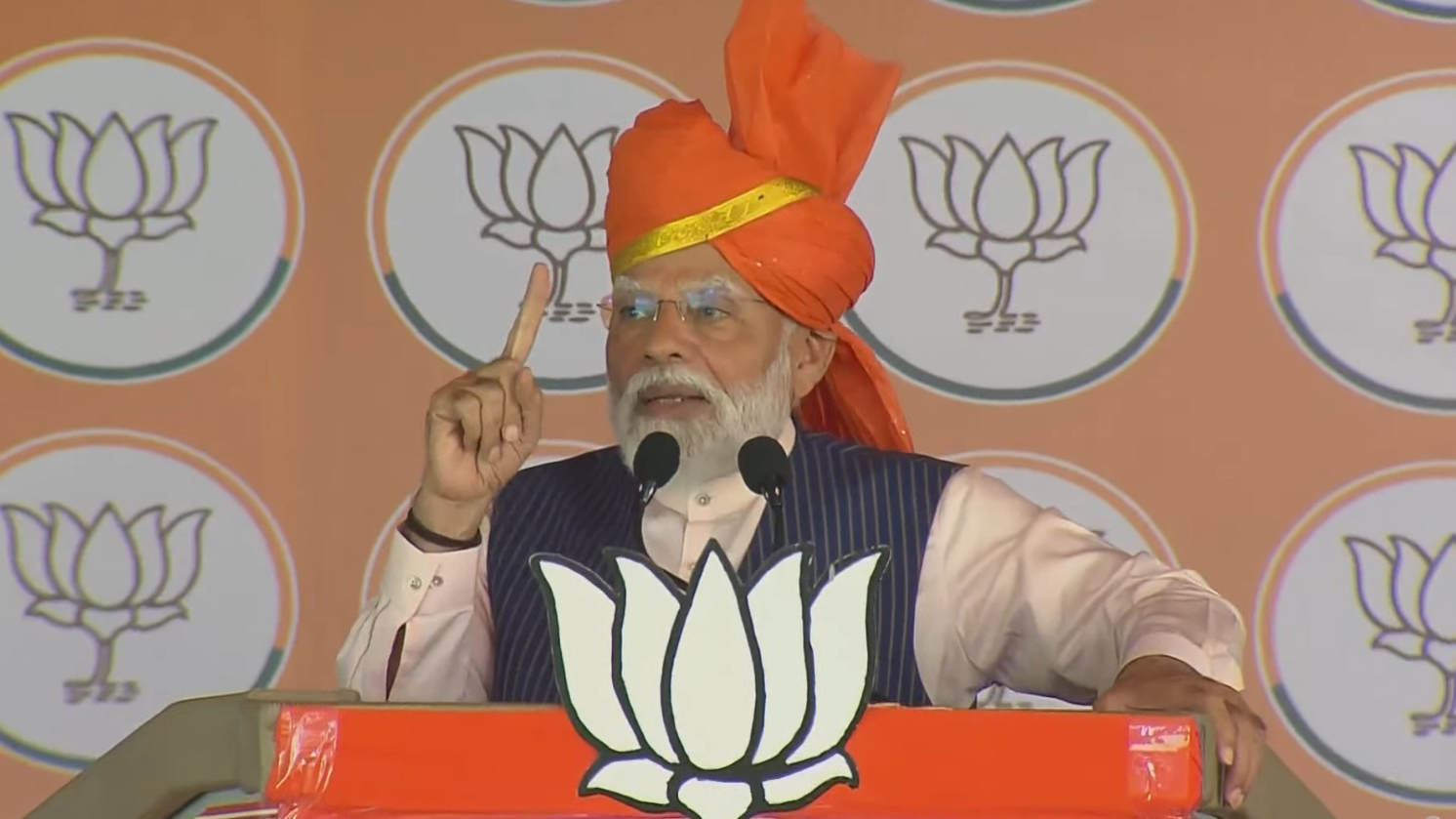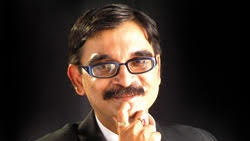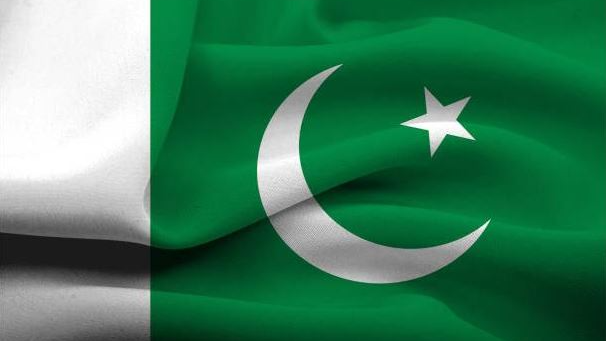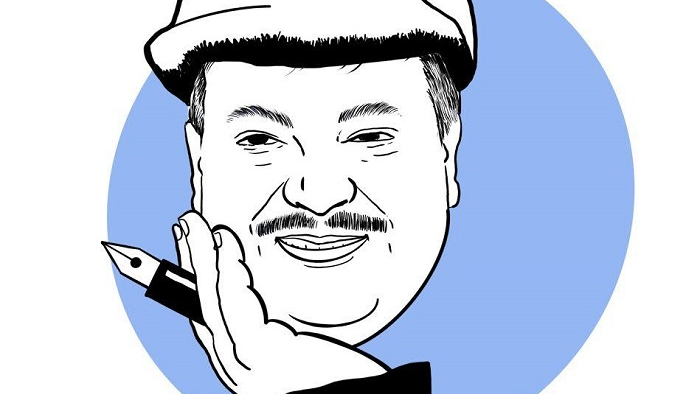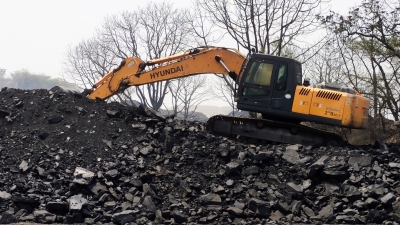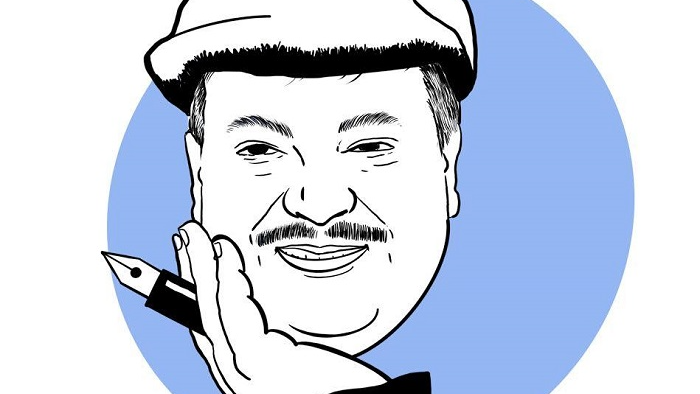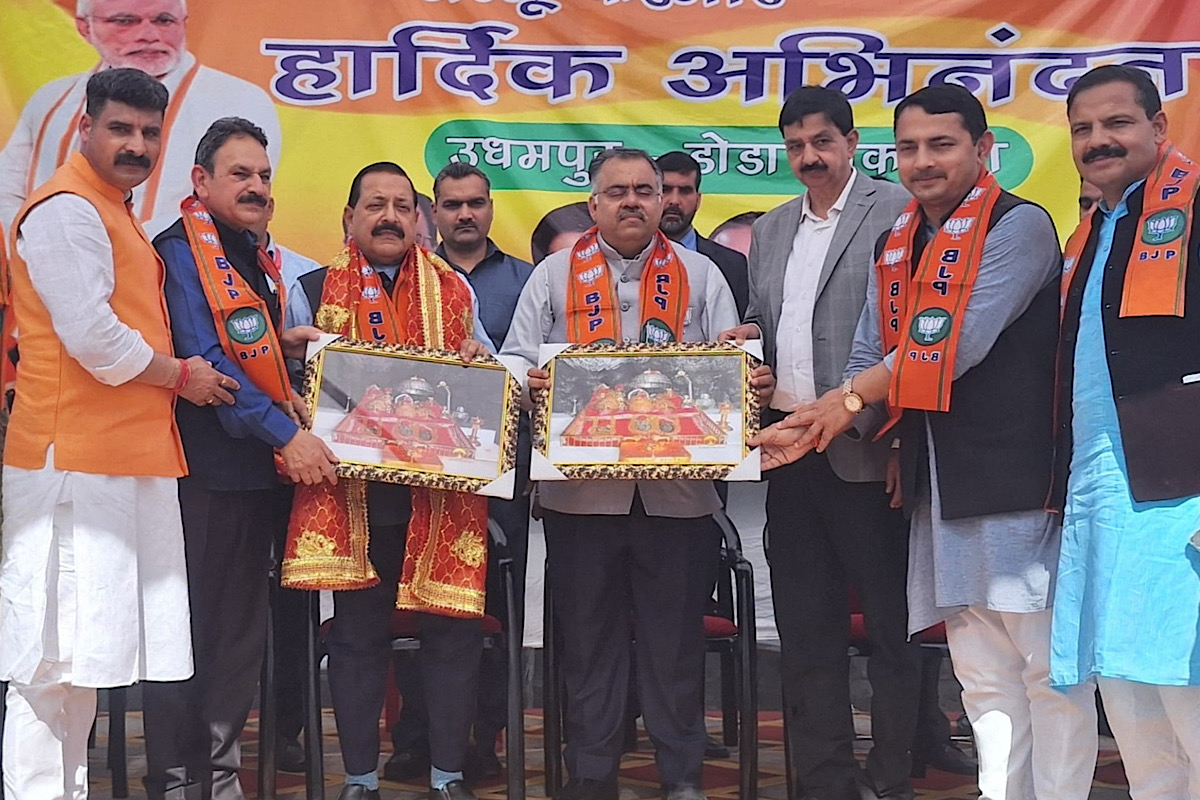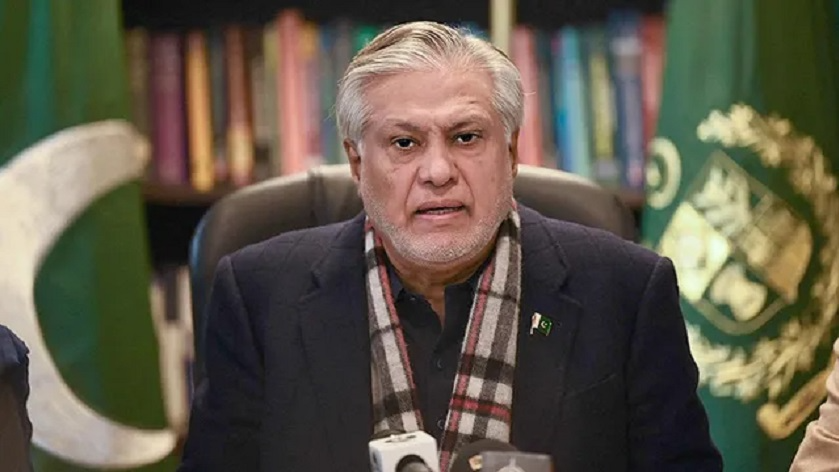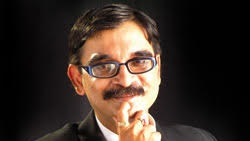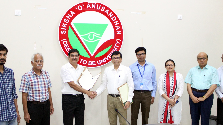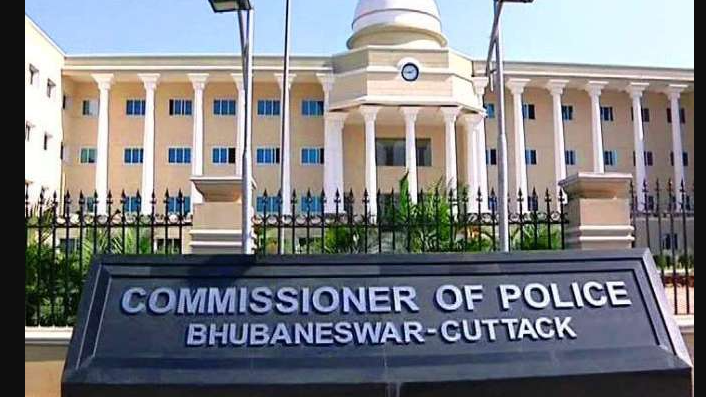Gen. Rawat’s matra stone throwers as terrorists redefined counter-terrorism strategy for India
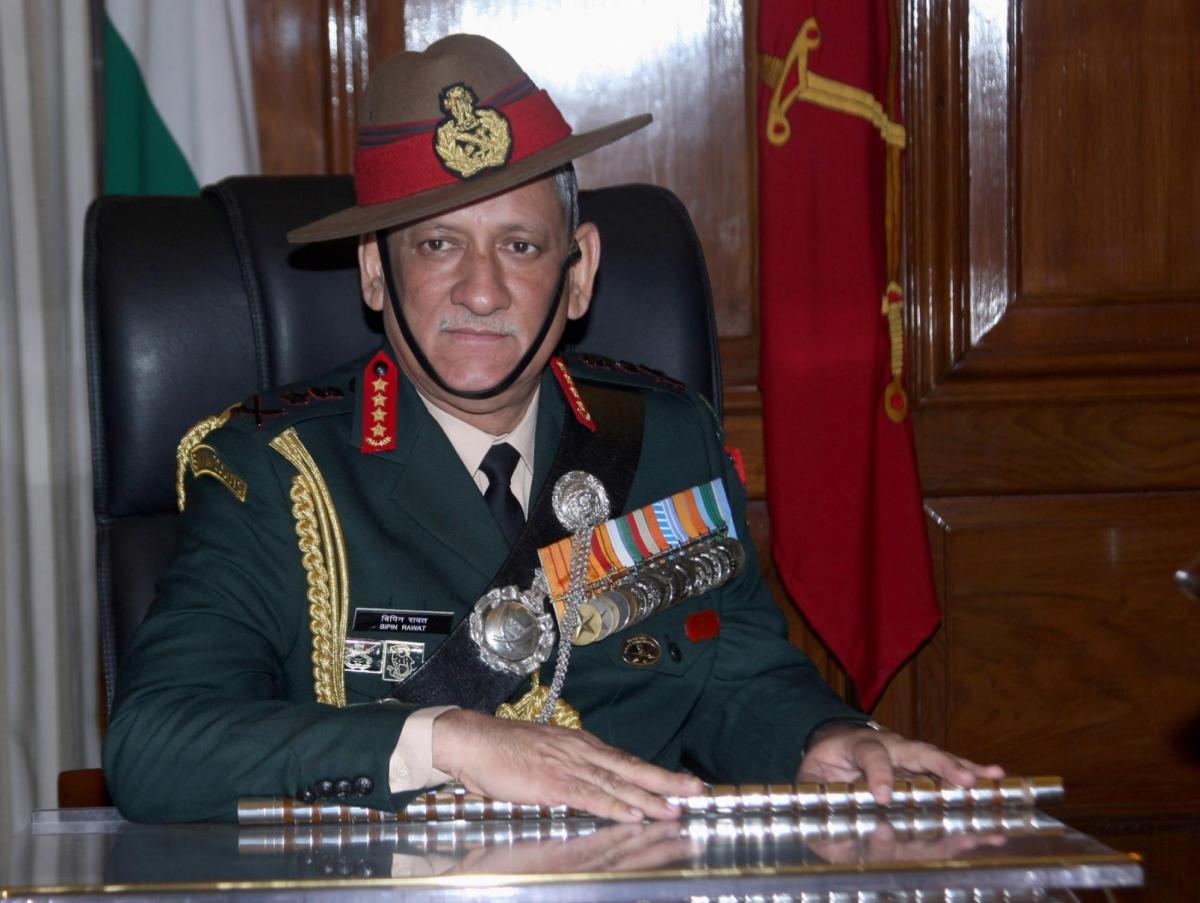
By Arun Joshi First Chief of Defence Staff Gen. Bipin Rawat who died Wednesday in a chopper crash in Tamil Nadu had played a critical role in shaping the counter-terrorism policy in the country, especially with regard to Kashmir at a time when the street violence and terrorism in the Valley had grabbed international eyeballs and India was facing tough times, both internally and externally. His thrust on zero tolerance to terrorism and handholding of the civilians became central themes in fighting terrorism and its various wings in the Valley, which had become a byword for all that could go wrong, separatists were on the path of regaining legitimacy and the power without being in power. Two fundamentals were introduced, in anti-terrorism drive in Kashmir , during his tenure as army chief from December 31, 2016, to December 31, 2019: no leniency toward terrorists and their patrons operating as overground workers or OGWs, and to attract youth toward sports and academics activities There was a backdrop because in 2016, more than 100 stone-throwing youth were killed in clashes with the forces, and many more were blinded. Pakistan had taken the Kashmir issue to next level., embarrassing India and its ways to deal with the street protests. Following the killing of Burhan Wani on July 9, 2016 , Kashmir streets had become a theatre of anarchy. Burhan was a new generation terrorist who introduced bare faced militancy to social media, influencing minds of all ages from preteens to the aged. His visuals and the inciting speeches were recorded and relayed all across the Valley and several folklores were woven around him. The new generation, out of its ignorance and driven by emotions started targeting the army personnel and’ convoys with stones and other missiles. This was unprecedented. The stone-throwing had. Become a phenomenon and it was justified, by many quarters in Kashmir, as a peaceful means of resistance, or demand for justice, whatever they meant by it. That was to suggest that the stone-throwers were innocents and the forces’ action against them was unjustifiably harsh. Gen. Rawat destroyed this concept propounded by the separatists and some of the political parties. He had declared “ stone-throwers will be treated like terrorists with guns.”, this changed the perception that those throwing stones were peaceful protestors and not as lethal as the terrorists with guns. He took a hard line and that paid dividends as the post -Burhan Wani phenomenon started seeing decline in the incidents of stone throwing . In terms of the internal psychology, there were several dimensions to stone throwing in Kashmir – it was prompted by base impulses of the youngsters who trusted their generation that they were all-powerful and can dictate course of the things, politically, it had a justification for its advocates that stones were not as lethal as guns or grenades, thirdly, the forces’ action, particularly, through pellet guns that blinded the stone throwers and others, let out a propaganda war against India. These were tough times. Gen. Rawat by terming stone throwers as terrorists reversed the course. The February 2019 Pulwama terror attack in which the highest number of security forces personnel- 40 CRPF men – were killed for the first time in the three-decade-old militancy in Kashmir, presented a new challenge to the security forces. Gen. Rawat laid down the ground rules: “ go after terrorists.”. His instructions were clear, “ terrorists should not be spared at any cost”, as he had vowed that all forms and manifestation of terrorism would be eliminated. At the same time, he expounded a friendly approach toward youth, inclined to test their abilities in sports fields and academia. They were incentivized by the army and generated their interest in constructive activities. Tough times became tougher. The toughest challenge came after the abrogation of Article 370 in August 2019. There were twin challenges : ( a) to see that there is no trouble in the Valley, where it needs to be admitted the passions and emotions were very high on this sensitive issue, ( b) to ensure that there are no casualties in the days, weeks and months after the withdrawal of the special status of the erstwhile state of Jammu and Kashmir. As such, this was the task of the law enforcing agencies, but in Kashmir there is hardly anything that can be achieved without the help of the army. The army is not only a big force but also a great asset to the government in difficult situations. Its contact with the civilians, developed through multifarious activities, helping them in medical emergencies, providing assistance, during. Natural calamities- earthquakes and floods – has made it integral to Kashmir’s way of life. Gen. Rawat gave impetus to this idea of bringing civilians closer to the army and zero tolerance to terrorism. It is because of his efforts that the ingredients of peace are being counted in Kashmir and broadcast for the rest of the country . About the Author: Arun Joshi is a senior journalist based in J&K. He has worked with Hindustan Times, Times of India, Indian Express, and The Tribune. He has authored “ Eyewitness Kashmir: Teetering on Nuclear War” and three other books. DISCLAIMER This is the personal opinion of the author. The views expressed in this write up have nothing to do with it.
Latest News
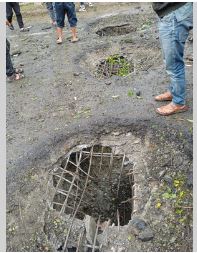
Bridge connecting to Manipur damaged by IED bl...

BRS chief KCR starts 17-day bus yatra to boost...

SEBI probes 2 funds for shorting Adani stocks...
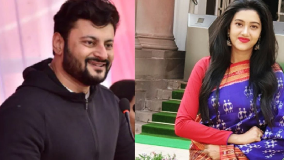
Know Actress-turned politician Varsha Priyadar...
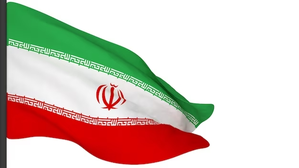
Stadium ban for women to be reintroduced in Ir...

T20 WC Qualifier: Sana Mir, Bolt named ambassa...
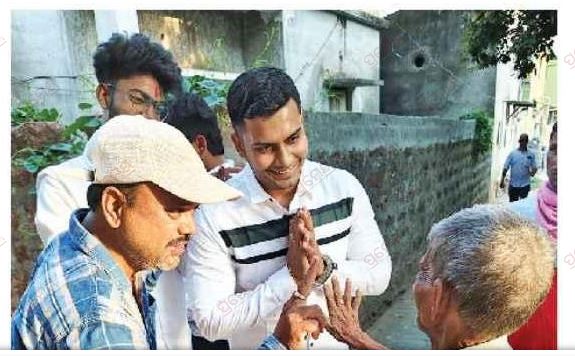
Odisha: Son campaigns for father in Jatani
Copyright © 2024 - Summa Real Media Private Limited. All Rights Reserved.









